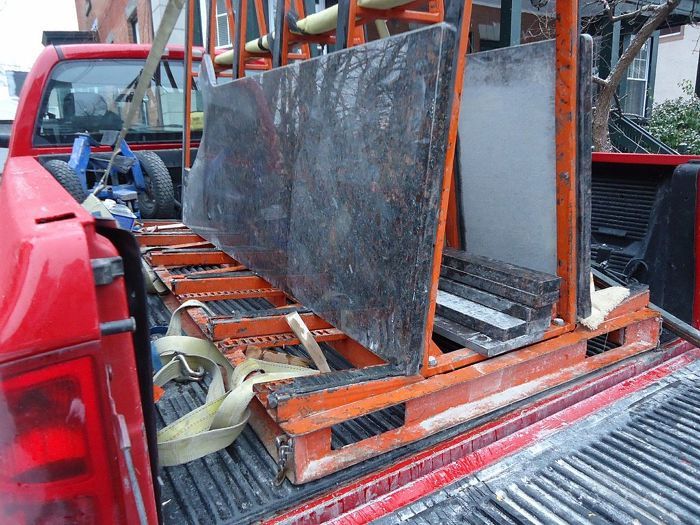
Workers exposed to crystalline silica dust as they work on natural- and manufactured-stone countertops run the risk of contracting a serious and sometimes fatal disease called silicosis, government agencies warned.
A joint alert from the Occupational Safety and Health Administration and the National Institute for Occupational Safety and Health was directed at those who fabricate, finish, and install stone countertops. It followed reports of dozens of stone-countertop workers in Spain and Israel who contracted silicosis after exposure to crystalline silica on the job.
Silicosis is a progressive, incurable lung disease that can be fatal. More than two dozen workers in Israel were affected, 10 of whom received lung transplants. In Spain, 46 stoneworkers contracted silicosis. Symptoms include shortness of breath, coughing, and fatigue, and exposure to crystalline silica also increases risks for lung cancer, kidney disease, and chronic obstructive pulmonary disaease, the agencies said.
The Department of Labor said in a press release that crystalline silica is found in a variety of rock types, including granite, sandstone, and quartzite.
“While the stone industry in the United States has worked to implement dust controls to protect workers against the dangers of silica exposure, studies and OSHA inspections indicate that exposure levels may not be adequately controlled in some stone countertop-fabrication work sites in the U.S.,” a joint hazard alert said.
Cutting, grinding, chipping, sanding, drilling, and polishing both natural and manmade stone products can release particles of crystalline silica into the air. Some types of stone are more than 90% silica, the advisory said, including engineered stone (more than 93%), quartzite (95%) and quartztic sandstone (90%). Granite has an average silica content of between 10% and 45%.
The alert recommended a number of “engineering controls” and other measures to minimize exposure, including:
- Air monitoring by employers to make sure crystalline silica doesn’t exceed safety standards.
- Using water-spraying systems and remote-controlled tools.
- Modifying hand-held angle grinders so they deliver water on the work surface to control dust.
- Replacing dry grinders with wet-edge milling machines or stone routers.
- Equipping hand tools, such as drills and saws, with a shroud and vacuum with a HEPA filter.
- Providing respiratory protection for workers.
Engineering controls and following recommended work practices are effective, the statement said, but many shops apparently don’t use them.
“In many shops, current practices still involve dry cutting, grinding, polishing, and other work that releases silica dust into the air,” the alert said. In a 2012 study, 74% of 47 countertop shops in three metro areas of Oklahoma used mostly dry methods of working with stone. Only four shops (9% of the total) used dust collection or suppression systems.
OSHA offers a free onsite consulting program to help small and mid-sized employers identify and correct hazards. For more, visit www.osha.gov/consultation or call 1-800-321-6742.
Fine Homebuilding Recommended Products
Fine Homebuilding receives a commission for items purchased through links on this site, including Amazon Associates and other affiliate advertising programs.

Affordable IR Camera

Reliable Crimp Connectors

8067 All-Weather Flashing Tape

Stone-countertop fabricators face serious health risks from exposure to crystalline silica, two government agencies warn.


















